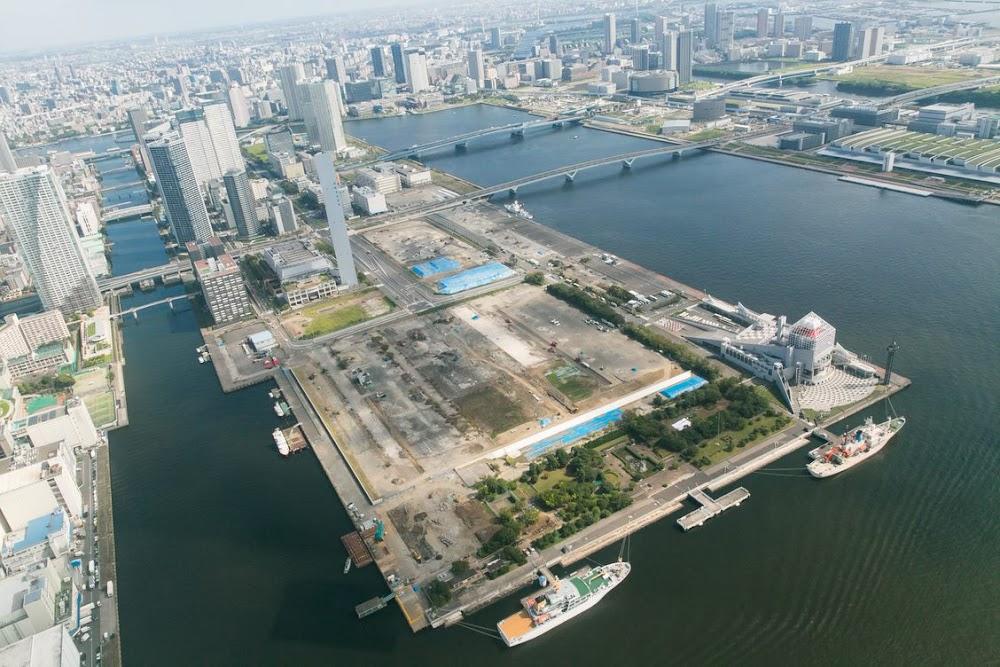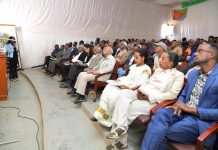Africa-Press – Eritrea. One of the most often cited side effects of megasports events is the environmental degradation in the aftermath of such global showpieces.
Major international championships are usually associated with environmental challenges, such as excess solid and electronic waste, air pollution and destruction of natural habitat.
However, the upcoming Tokyo Olympics seeks to break from the past by embracing various sustainable practices during the preparations for the games and after the closing ceremony.
One of these sustainable practices is the adoption of renewable energy at all stages of the Olympics and Paralympics, including the competition venues and the athletes’ villages.
“This we hope will increase societal needs for renewable energy after the Games, contributing to the introduction and expansion of renewable energy initiatives. The vehicles to be used during the Games also are zero emission vehicles (ZEV) that eliminate carbon fumes, reduce environmental impact and contribute to the creation of a hydrogen-based society,” Yuki Arata, senior director of sustainability, said.
With the emergence of electronic waste as a big headache in waste management, the Tokyo Games Organising Committee may have just provided other countries worldwide with an idea on how to deal with this challenge.
In the run-up to the quadrennial event, the LOC has been busy collecting disposed parts of mobile smartphones and other electronics and fabricating the same into medals to be issued to winners at the Games.
“The amount collected by municipal authorities across Japan was approximately 78,985 tons whereas approximately 6.21 million used phones were collected across the country. The medal project has now been completed, but each prefecture is still continuing to collect metals to recycle,” Arata explained.
As every competitor targets a podium finish, it would be helpful to know that the podiums they will be standing on are products of many months of a plastic recycling campaign involving schools, business organisations and local communities across Japan.
Over 25 tons of plastic were collected, shredded, ground into pellets and afterwards fabricated into podiums.
“The podium project was started with hope of showing importance of recycling and problem of plastic issues. This helped people realize about consumer used plastic issues and take action. There were 113 participating schools whereas 2,000 collection points were installed across retail outlets from where people could bring in their used plastic products,” Arata said.
Overall, these sustainability initiatives are geared towards achieving zero waste by ensuring all the products used at the games can be reused afterwards.
For instance, the beds in the athletes’ village is made of cardboard and hence is 100 per cent recyclable into paper.
“Waste generated during the games will be thoroughly handled and recycled. With the participation of everyone involved, waste will be properly sorted and disposed. The aim is to reuse or recycle 65 per cent of the waste generated during the games,” Arata explained.
The Tokyo Olympics has been synonymous with the coronavirus pandemic, which has on many occasions cast aspersions on its viability.
However, it is encouraging to see the LOC working hard behind the limelight to make the games a game changer as far as environmental conservation is concerned.
Many other countries readying for major sports events could borrow a leaf from Tokyo to ensure these championships leave a lasting impact not only in terms of the action on the field or track but also the environment.







